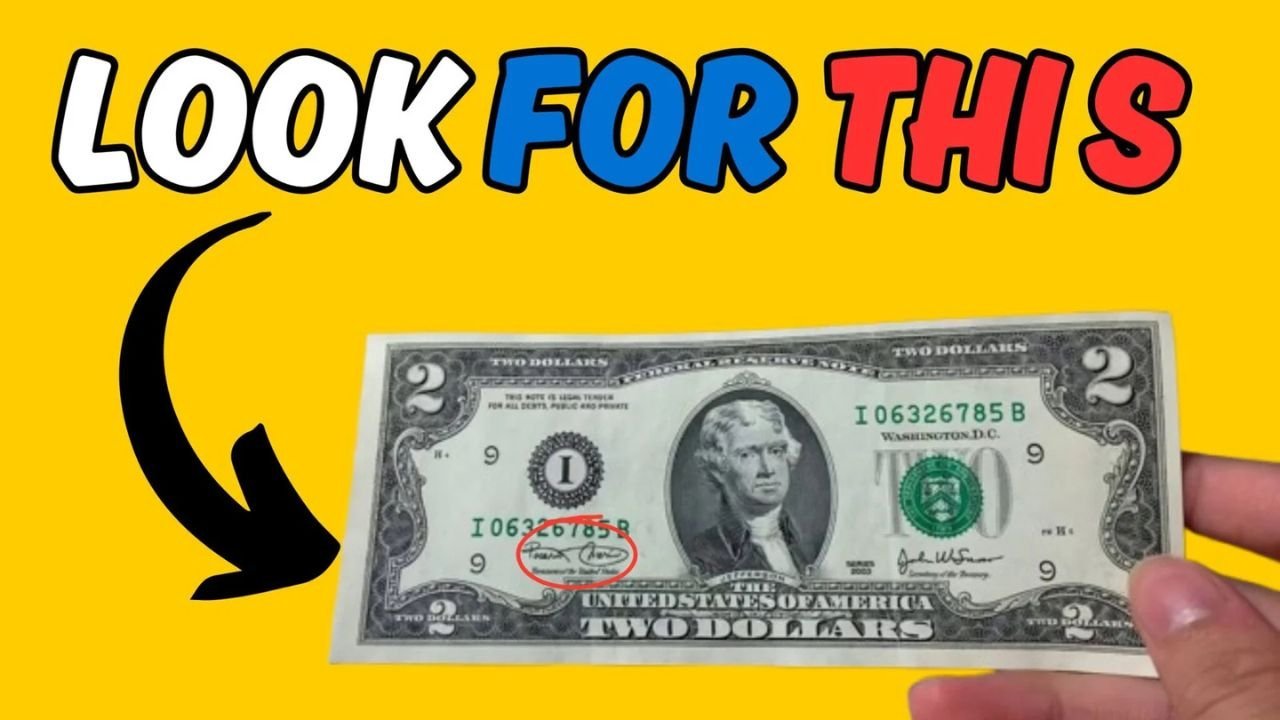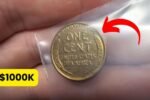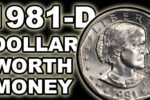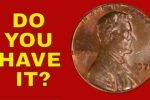Rare: It was just another ordinary afternoon for Michael Turner, a 42-year-old delivery driver from Ohio, when a routine stop at a local gas station turned into the discovery of a lifetime. After filling his tank, Michael paid in cash, and the cashier handed him a few bills in change — one of which was an old, crisp $2 bill. What seemed like a harmless curiosity at first would soon be revealed as a multimillion-dollar treasure.
The Rare Find
Michael noticed the $2 bill’s unusual design and the fact that it appeared older than the average bill in circulation. It bore the date 1890, a red seal, and unique engraving details that hinted at its age and rarity. Upon doing some research — and later consulting a currency expert — Michael learned that his bill was an 1890 Treasury Note, known among collectors as the “Ornate Back” series.
This particular series is highly prized for its elaborate design and extreme rarity, with some examples in pristine condition fetching well over $2 million at auction.
Notable $2 Bills and Their Values
Here’s a breakdown of some valuable $2 bills and their estimated market values:
| Series Year | Seal Color | Notable Features | Estimated Value |
|---|---|---|---|
| 1862 | Red | First $2 bill issued | $500 – $2,800 |
| 1869 | Red | Features Thomas Jefferson | $3,800+ |
| 1890 | Brown | Treasury Note with General McPherson | $4,500 – $10,000+ |
| 1928 | Red | First modern $2 bill with Monticello | $5 – $1,000+ |
| 1953 & 1963 | Red | Common but collectible | $5 – $20 |
| 1976 | Green | Bicentennial issue with unique serials | $20 – $900+ |
Note: Values are approximate and depend on the bill’s condition and market demand.
Why It’s Worth So Much
The $2 bill denomination has a long and unusual history in U.S. currency. While many people think it’s no longer made, the truth is that modern $2 bills are still printed today — but earlier issues, especially those from the 19th century, are extremely scarce.
Michael’s find was so valuable because of three key factors:
-
Condition – The bill was nearly uncirculated, with no folds or tears.
-
Historical Significance – Issued during a period of economic and political change in the U.S., these notes are pieces of financial history.
-
Rarity – Very few of the 1890 $2 “Ornate Back” Treasury Notes survive today, especially in such pristine condition.
From Pump to Auction Block
After authentication by the Professional Currency Grading Service (PCGS), Michael’s $2 bill was given a grade of 66 Gem Uncirculated, placing it among the finest known examples.
Word quickly spread in the collector community, and within months, the note went to auction. The hammer price? $2,612,000 — a record-breaking sale for a $2 bill.
A Reminder to Check Your Change
Michael’s incredible stroke of luck serves as a reminder that rare treasures can still be found in everyday transactions. From coins with minting errors to rare vintage banknotes, valuable currency is still out there — sometimes hiding in plain sight at your local gas station.
So next time you receive change, take a closer look. You never know — your next fill-up could be worth a fortune.
FAQ: Gas Station Change – Rare $2 Bill Valued at $2.612 Million
1. Are $2 bills still being printed today?
Yes. The U.S. Treasury still prints $2 bills, but they are released in small quantities, making them less common in everyday transactions.
2. What makes an old $2 bill valuable?
Value comes from factors like rarity, age, condition, historical significance, and unique printing details such as seals, serial numbers, or engraving designs.
3. How can I tell if my $2 bill is worth more than face value?
Check the date, seal color, serial numbers, and overall condition. Bills from the 19th or early 20th century in uncirculated condition are the most valuable.
4. Where can I sell a rare $2 bill?
You can approach professional currency dealers, auction houses specializing in collectibles, or reputable online auction platforms after getting it authenticated by a grading service.




